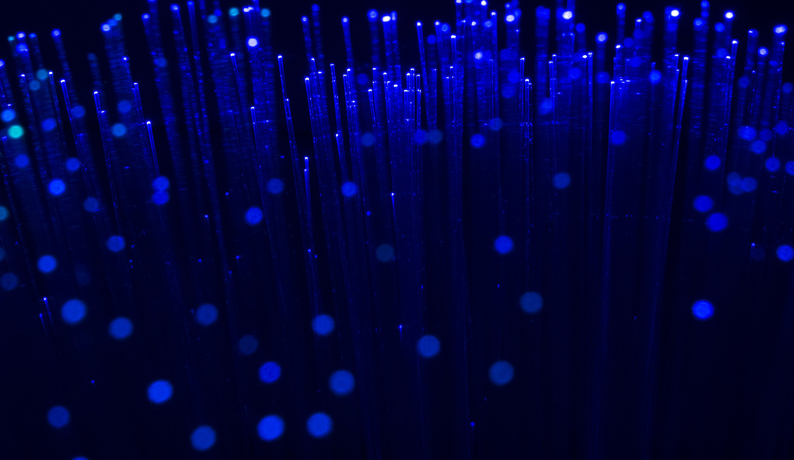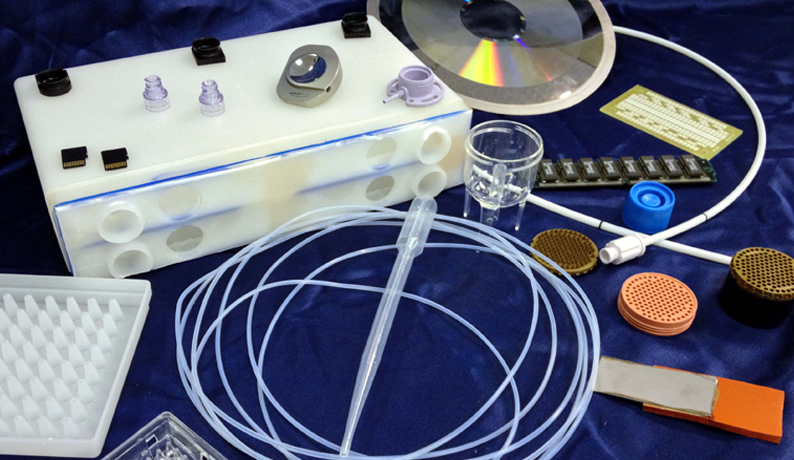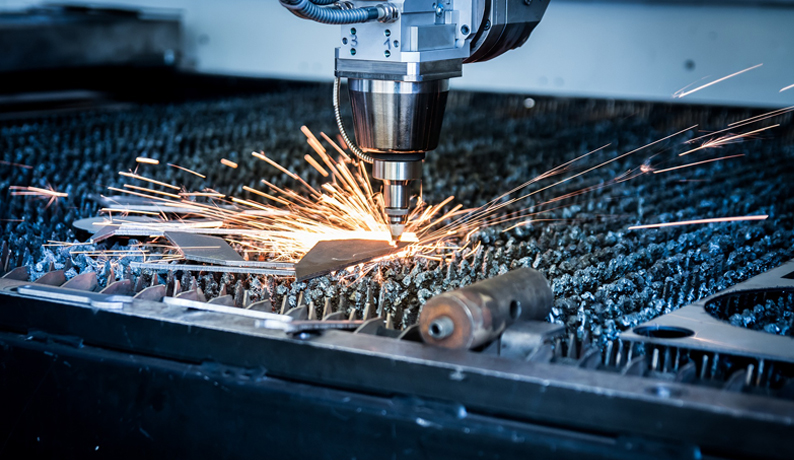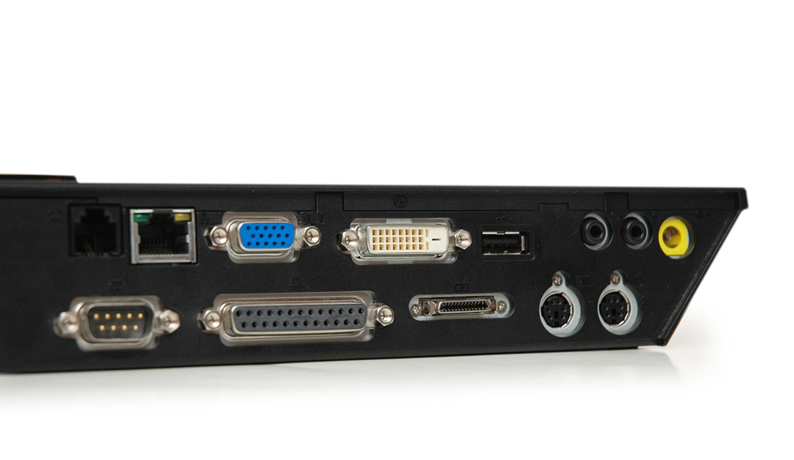Fiber Optic
Organic contamination on glass fibres can cause reduced transmission rates and inconsistent performance. Despite attempts to keep the optical path clean
Toys
Elastomeric materials are notoriously difficult to adhesively bond to themselves or to other materials. One of the reasons for this is the labile nature of their polymer chains
Sporting Goods
Elastomeric materials are notoriously difficult to adhesively bond to themselves or to other materials. One of the reasons for this is the labile nature of their polymer chains
Seals and O-rings
The polymers used in seals and o-rings have elastic and deformation properties that define their ability to seal. However, these properties also cause friction and wear at the surface
Raw Materials
Elastomeric materials are notoriously difficult to adhesively bond to themselves or to other materials. One of the reasons for this is the labile nature of their polymer chains
Mirrors
Cleaning is the most common application for gas plasma. Gas plasma cleaning is typically used for final removal of organic films. Hyperclean surfaces are obtained by removing the thin layer
lenses
Cleaning is the most common application for gas plasma. Gas plasma cleaning is typically used for final removal of organic films. Hyperclean surfaces are obtained by removing the thin layer of organic contamination
Laser Housings
Cleaning is the most common application for gas plasma. Gas plasma cleaning is typically used for final removal of organic films. Hyperclean surfaces are obtained by removing
Discrete Components
Plasma is ideal for treating plastics prior to adhesive bonding. Loose boundary films are removed and truly hyper-clean surfaces remain. In addition to cleaning
Automotive
Elastomeric materials are notoriously difficult to adhesively bond to themselves or to other materials. One of the reasons for this is the labile nature of their polymer chains
Aeronautics
Elastomeric materials are notoriously difficult to adhesively bond to themselves or to other materials. One of the reasons for this is the labile nature of their polymer chains













